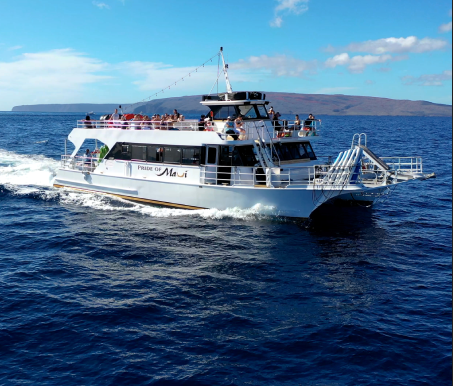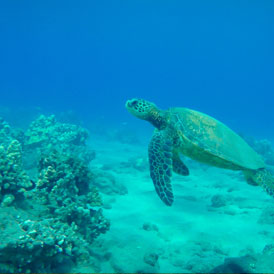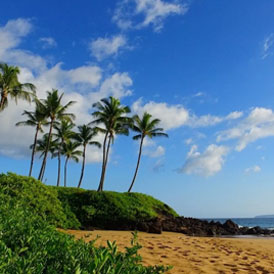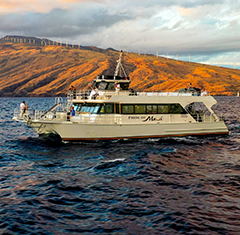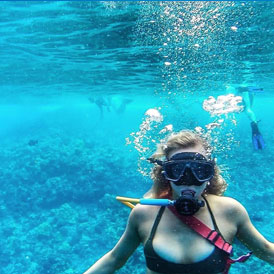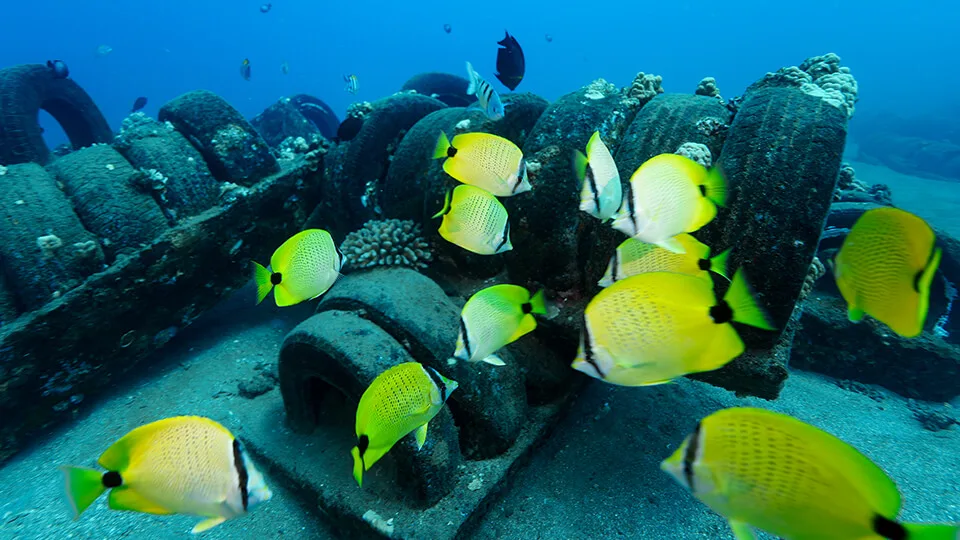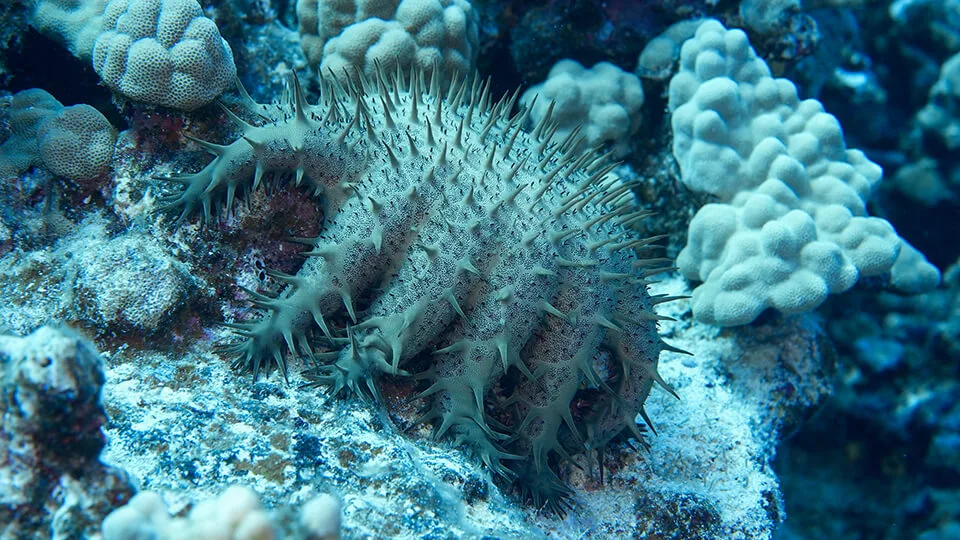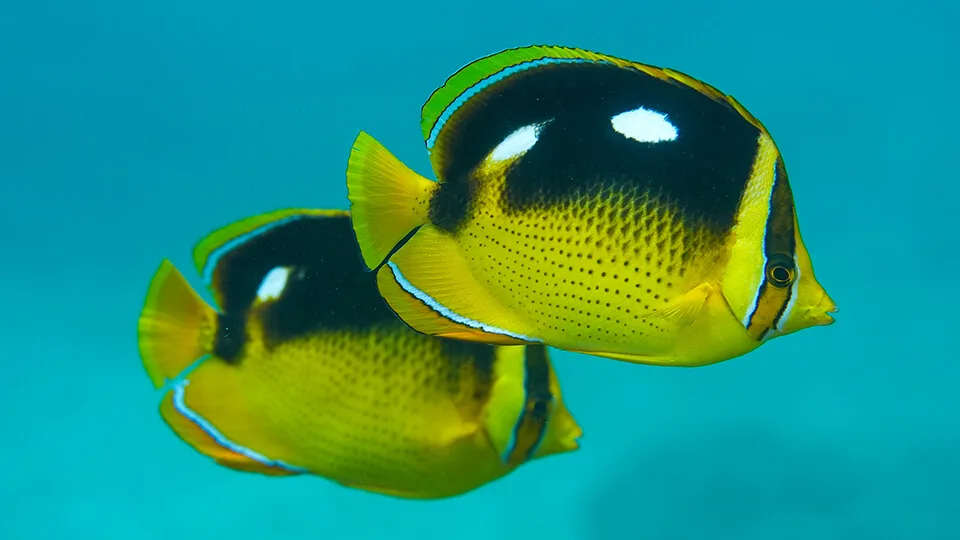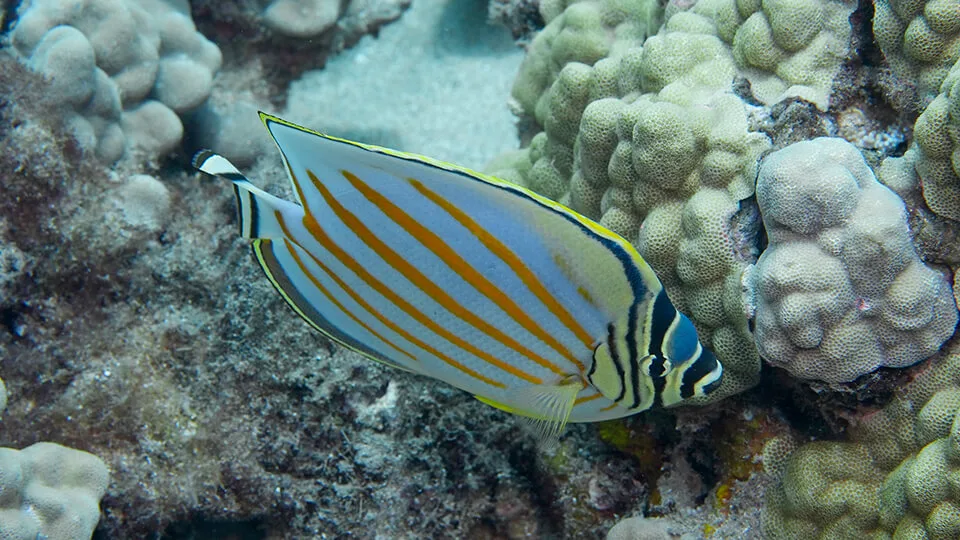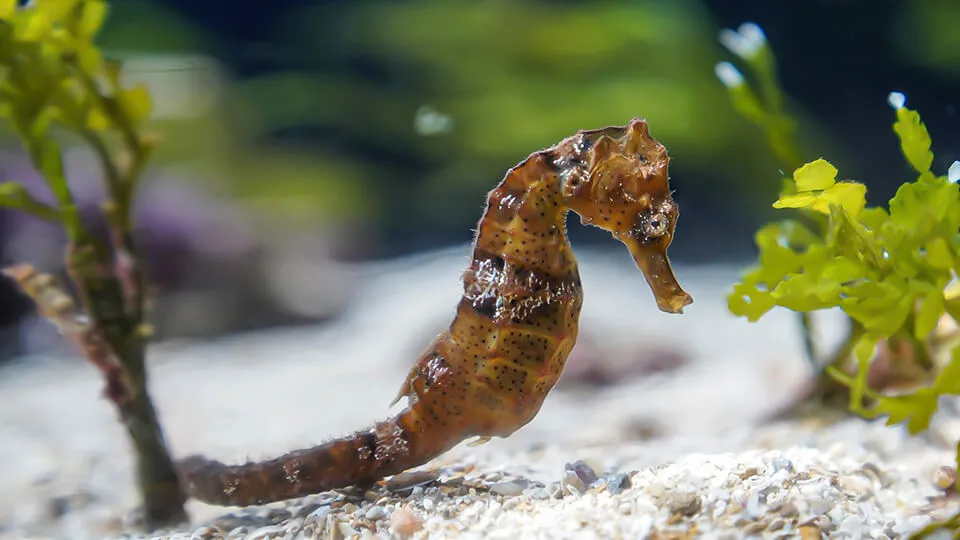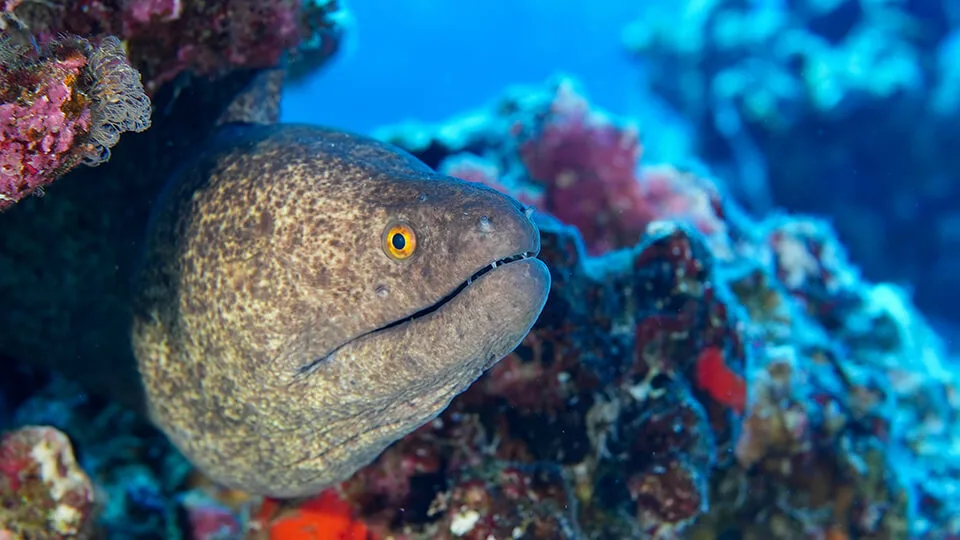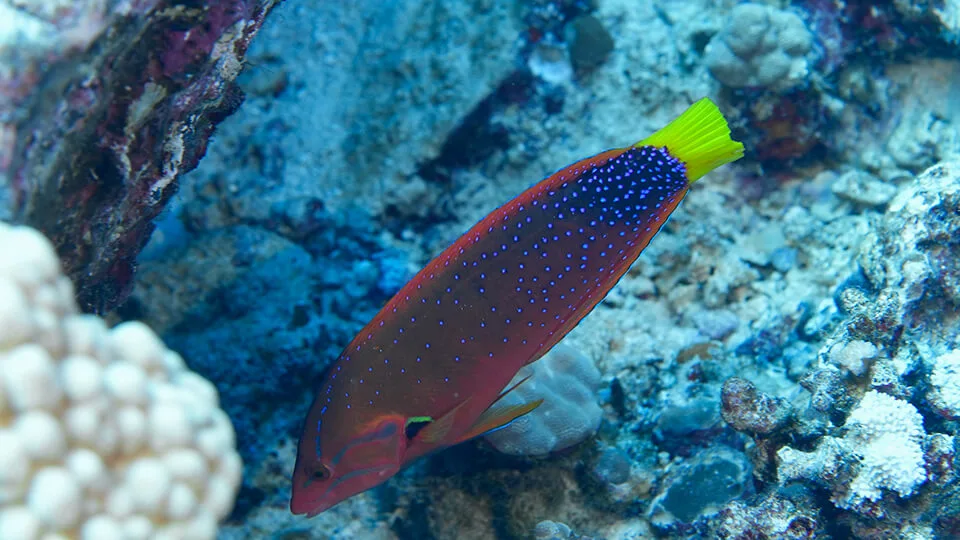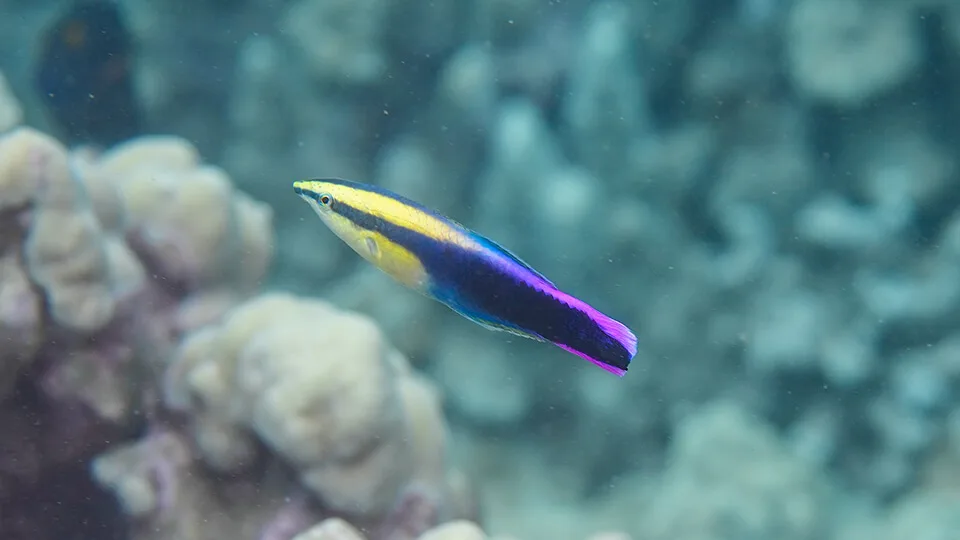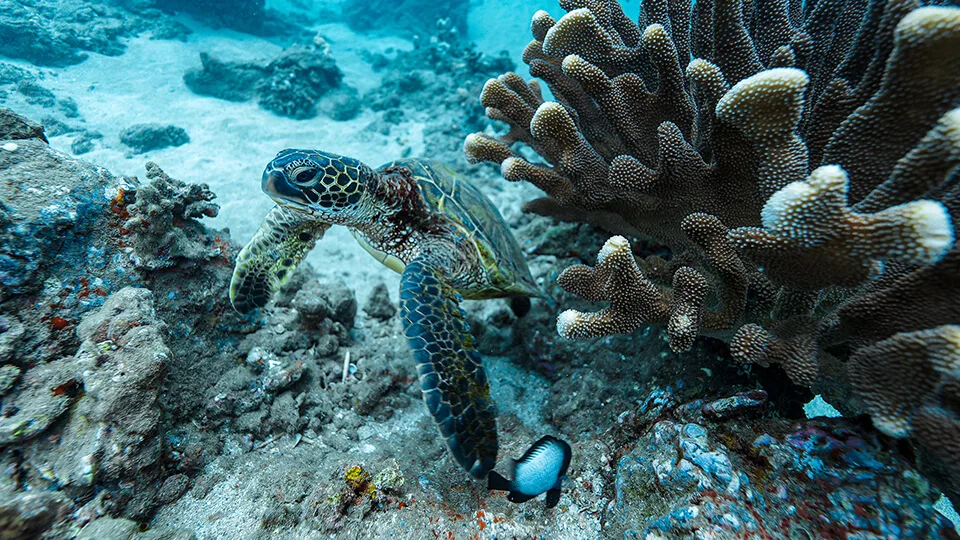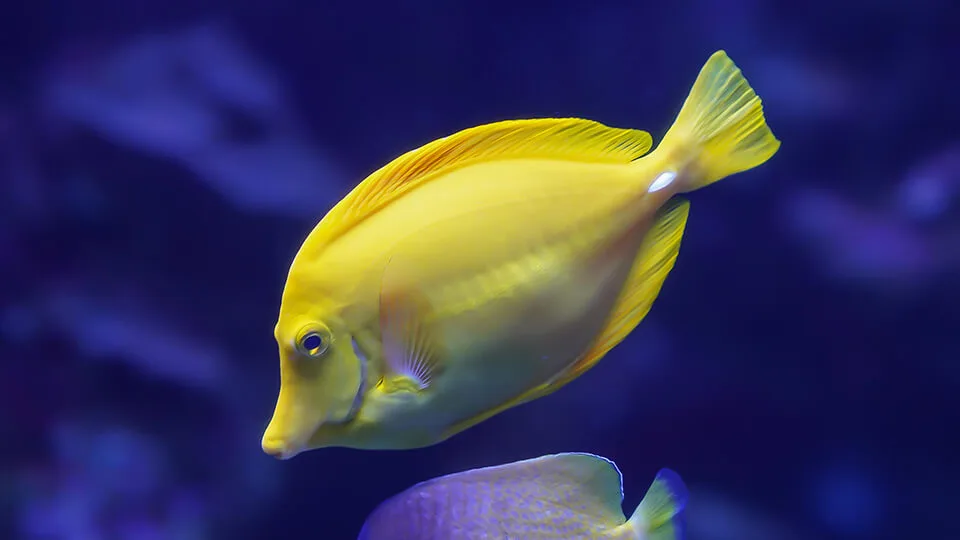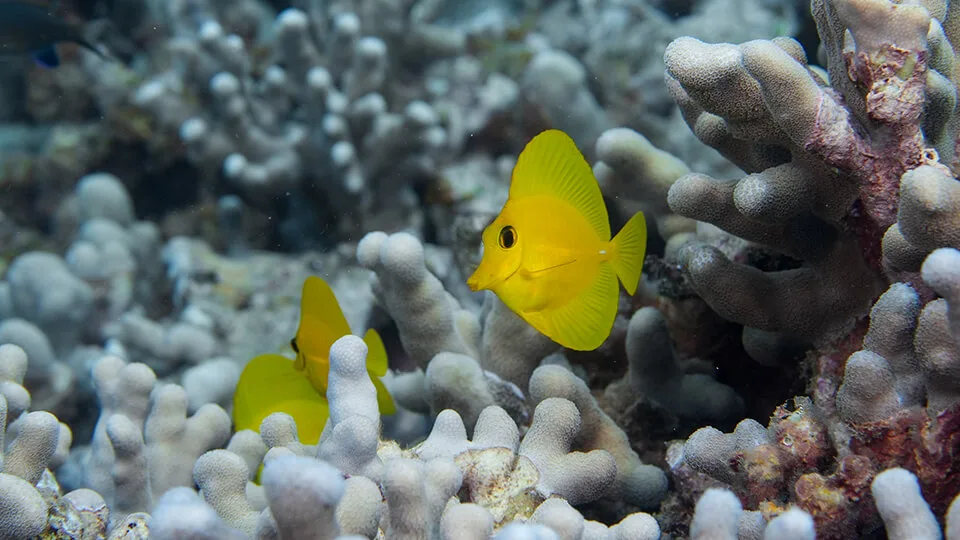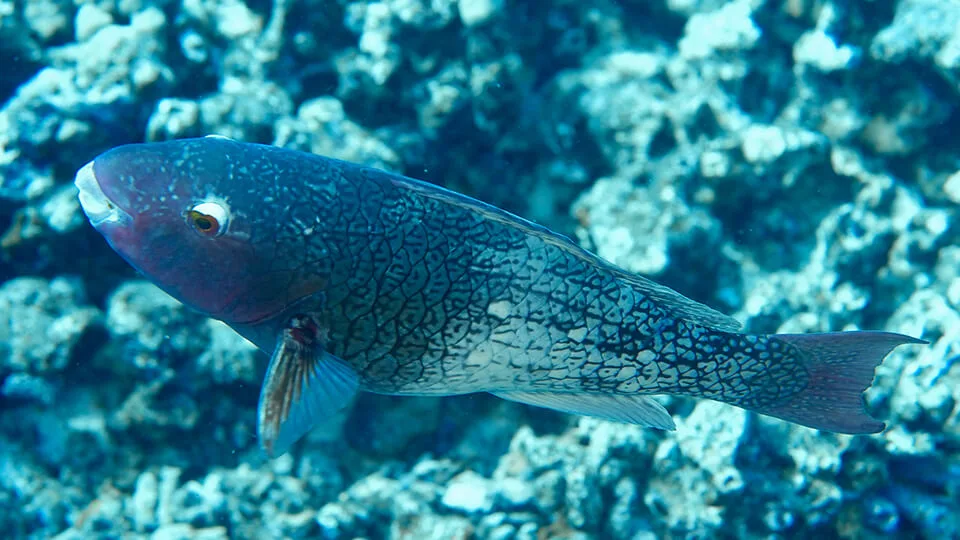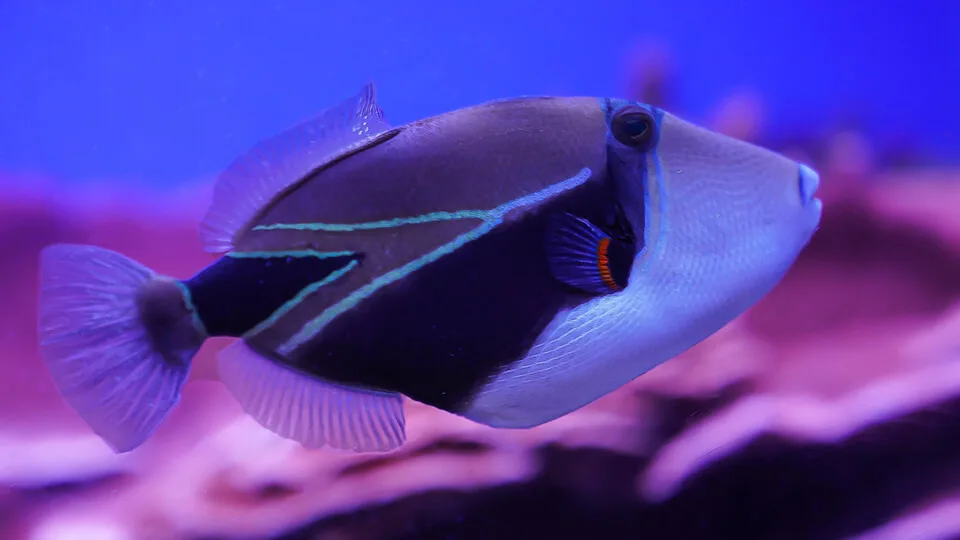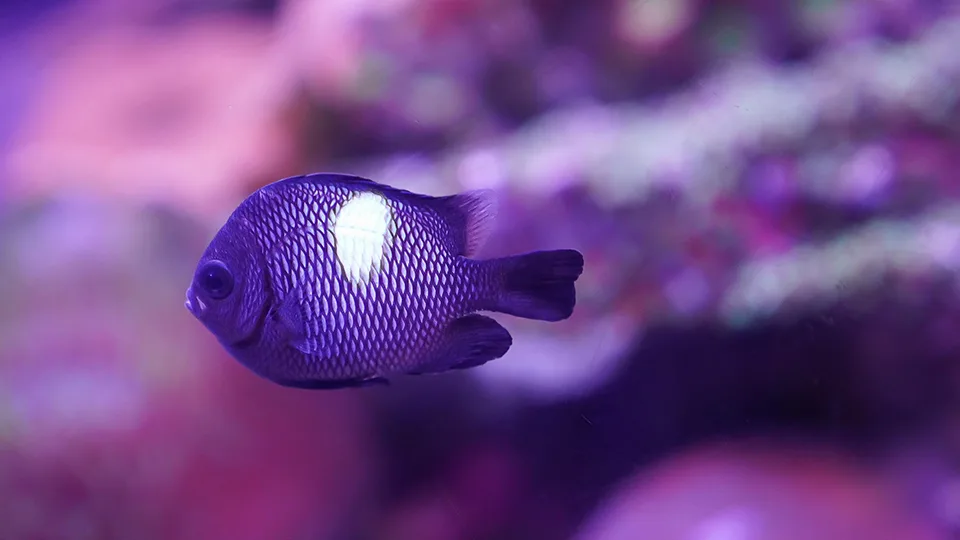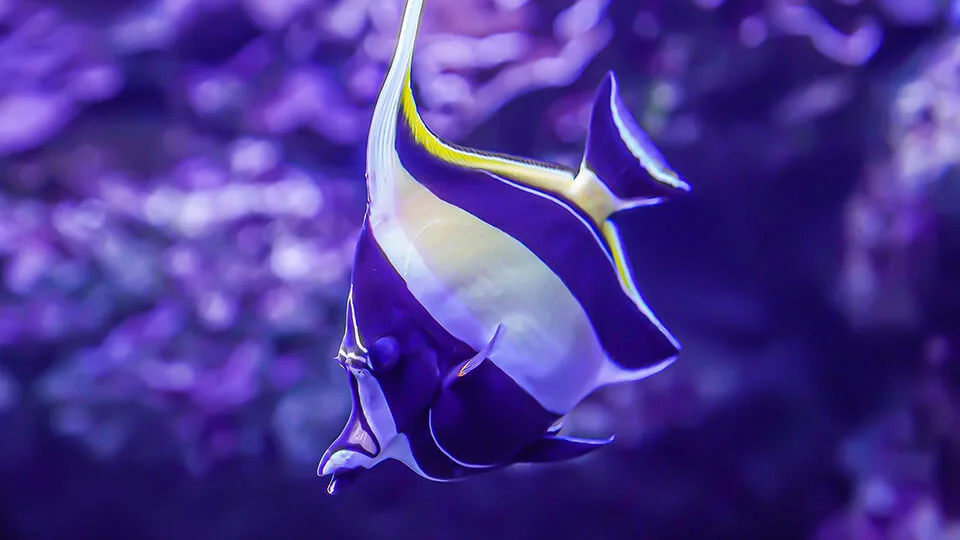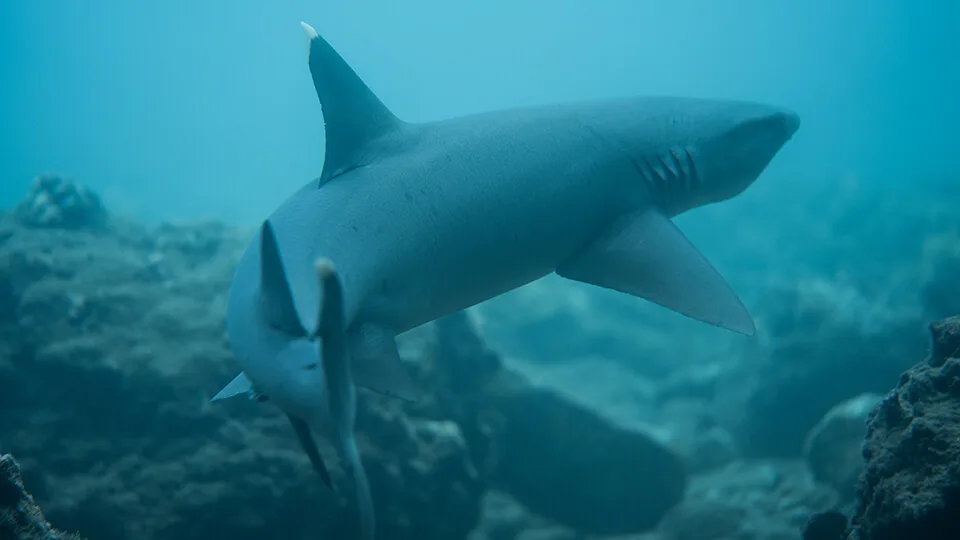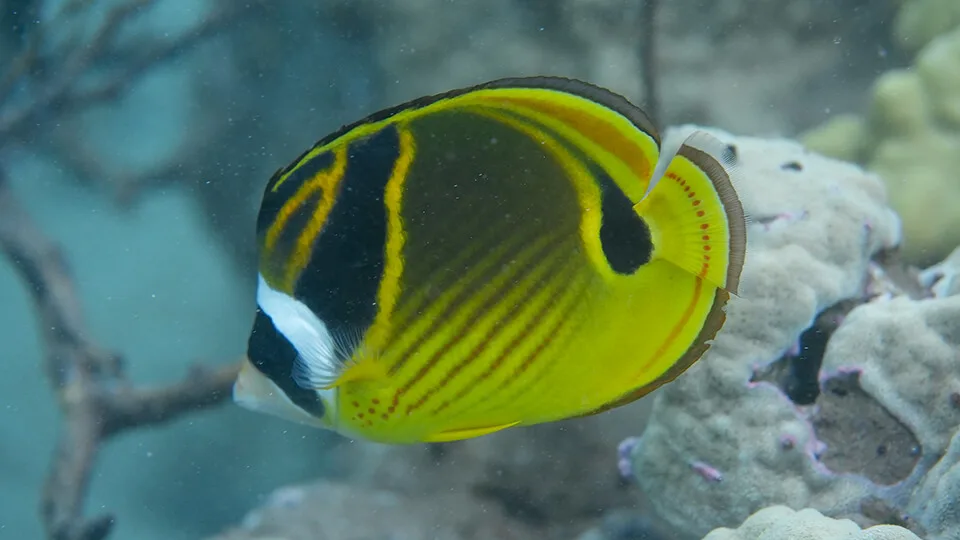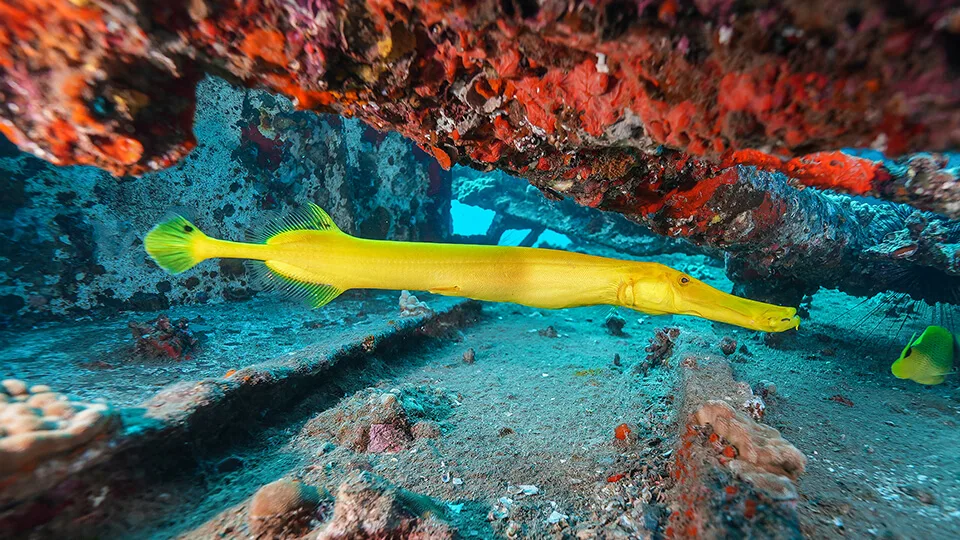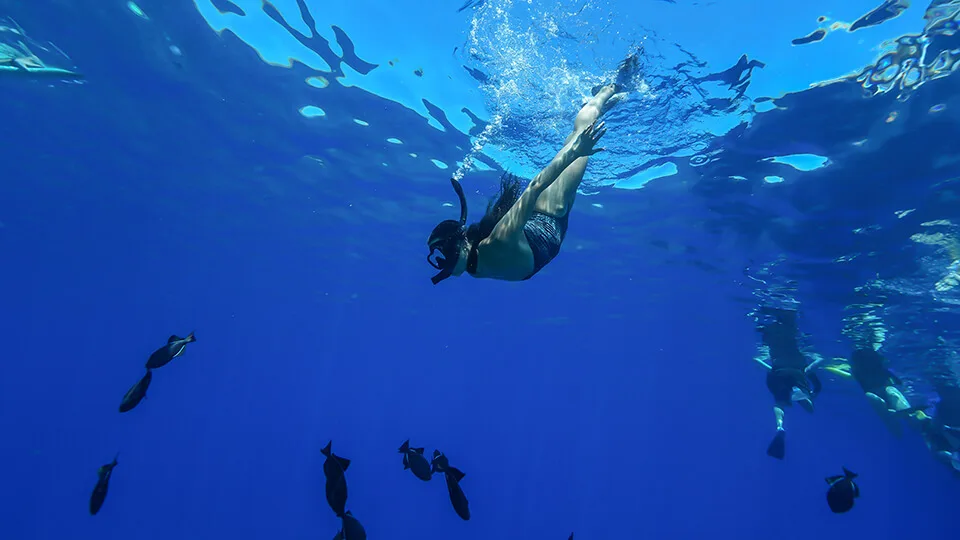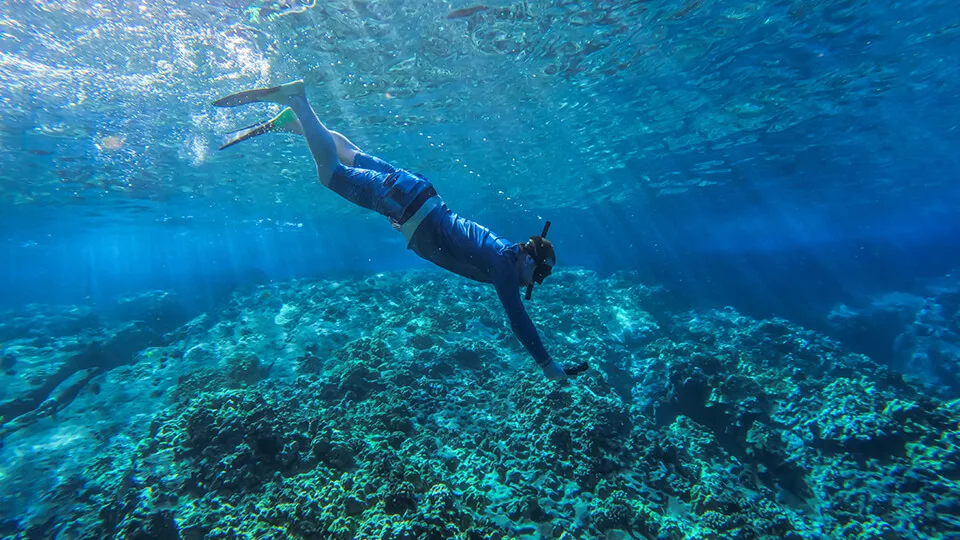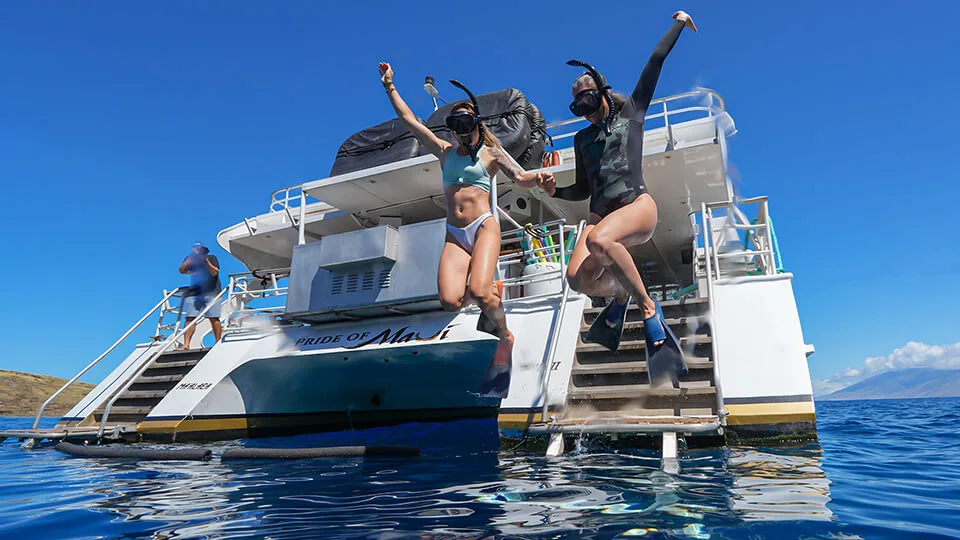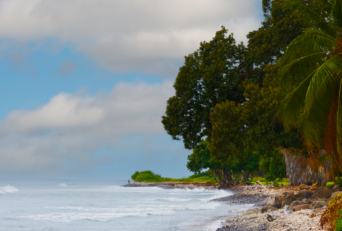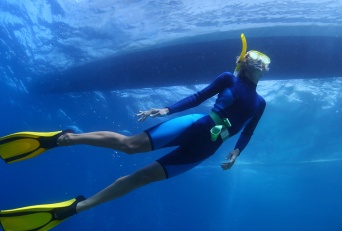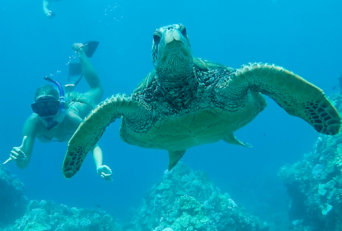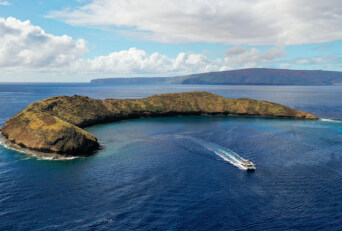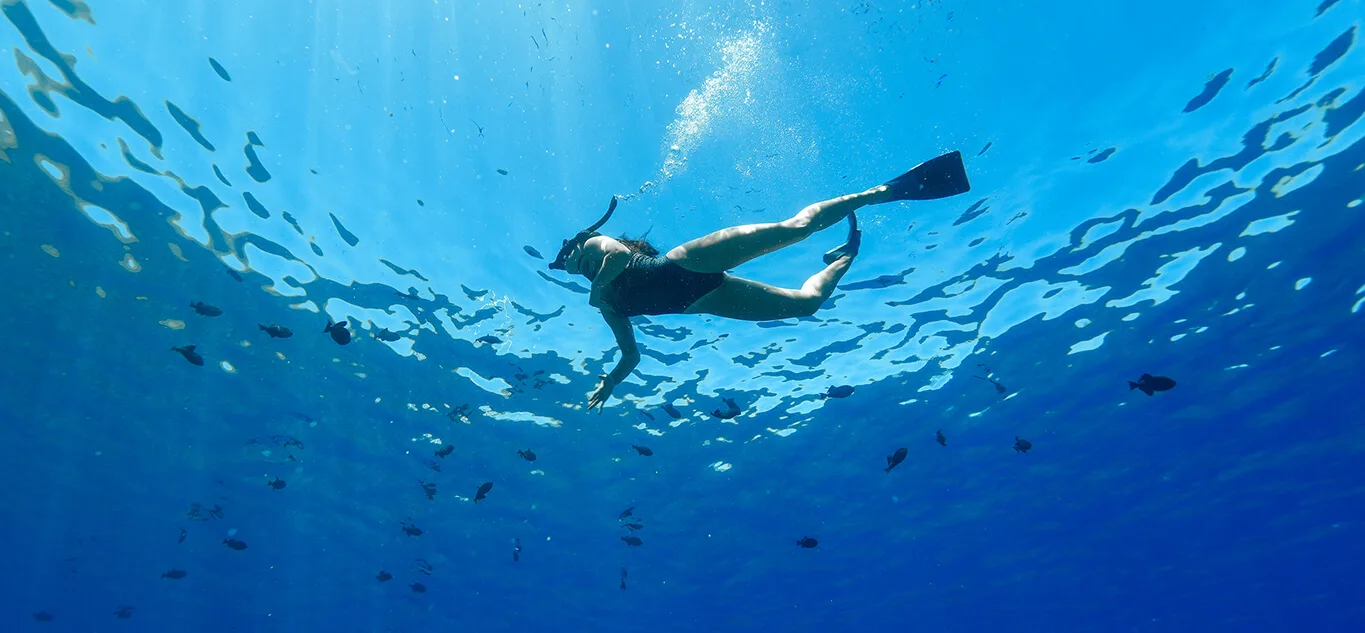
Maui has the Best
Snorkeling
Did you know that Maui is known as the #1 Hawaiian Island for snorkeling? We have earned this title for many reasons. One of them is that Maui is the best place to learn how to snorkel, as it offers beginners shallow and calm ocean conditions. Of course it still has so much to offer for experienced snorkelers.
Places like Molokini Crater, Turtle Town, Coral Gardens, and Honolua Bay are just a few of the best snorkeling spots in Maui. One of the main reasons people like to snorkel is to see tropical fish in their natural habitat. When you snorkel in the crystal clear waters of Maui, it almost feels like you are in a giant aquarium. The fish come in and out of your field of view, their bright colors catch your attention, and they move all around you as if you were part of their everyday life. You might even get to see the state fish of Hawaii, the Humuhumunukunukuapua’a!
In the waters of Maui, the abundance and variety of colors and creatures you will find are simply staggering. Snorkeling gives you the chance to witness all of the wildlife in their natural habitat. It’s like going on an underwater safari!
So Many Fish!
Roughly 680 species of fish are known to make their home in the waters around the Hawaiian Islands. Of those, around 450 species stay close to the reef and inshore areas. Of those reef fish, about 23% are native to Hawaii and are found nowhere else in the world.
What are the Most Common Fish of Hawaii?
The Yellow Tang is one of the most common fish to spot while snorkeling the Hawaiian reefs. Due to the vibrant yellow coloring of this particular tang, it is often the first fish that beginning divers and snorkelers recognize. Tangs graze and eat algae during the day and hide at night. The Yellow Tang has a rough oval shape and looks very compressed from the sides. It has high-set eyes, a scalpel-like spine, and a small mouth.
Fish You Probably Know
The Yellow Tang is one of the most common fish to spot while snorkeling the Hawaiian reefs. Due to the vibrant yellow coloring of this particular tang, it is often the first fish that beginning divers and snorkelers recognize. Tangs graze and eat algae during the day and hide at night. The Yellow Tang has a rough oval shape and looks very compressed from the sides. It has high-set eyes, a scalpel-like spine, and a small mouth.
Parrotfish are another easily identified reef fish. You will recognize male Parrotfish by their bright colors: blue, green, pink, and yellow. They have sharp front teeth (they look like a beak!) that they use to graze on fine seaweeds that grow on rocks and dead corals. Parrotfish will bite off chunks of coral and crush the pieces into a fine sand. It is estimated that a large parrotfish produces as much as one ton of sand each year!
Of course, you will want to keep your eyes peeled for the state fish of Hawaii, the Rectangular Triggerfish, or Humuhumunukunukuāpuaʻa. This little fellow owns the longest fish name in all of Hawaii! Rectangular Triggerfish are a common sighting for snorkelers and scuba divers in Maui. This solitary fish spends its day digging for invertebrates that are buried in the sand. They are very aggressive-minded and can often be seen chasing other fish out of their territory. They are especially aggressive when guarding their eggs. If predators chase them, they are known to make a grunting noise as a warning to other fish.
A close relative is the beautifully colored Picasso Triggerfish which is also quite aggressive. They have even been known to chase off divers and snorkelers when guarding their nests! Rest assured that they are small and unlikely to do any harm though.
Speaking of Triggerfish, the Pinktail Triggerfish often swim in shallow water and can grow up to 16 inches in length. They are one of the largest species of triggerfish.
Native Hawaiian Damsels are small fish that are often found swimming in and out of cauliflower corals as juveniles. As adults, they can be seen actively defending large swathes of the reef. They are territorial and make distinct clicking noises when they feel threatened. They will even dart at your hand or mask! Have no fear though; they are quite small at less than 5 inches in length. Unlike most animals, the males provide sole care for the offspring. The females guard the territory. The Domino Damsel, also known as the Snowball Damsel or Three Spot Damsel, is only found around the Hawaiian Islands.
The Moorish Idol has beautiful yellow, white, and black markings with an extended dorsal fin. You might recognize him as Gil from Finding Nemo. These vibrant fish can grow an impressive 10 inches in length! Its name comes from the Moors of Africa, who believed that the fish brought happiness. Indeed, your snorkeling trip in Maui will bring you happiness even if you don’t catch a glimpse of one of these beauties.
White Tip Reef Sharks are the most common reef sharks to spot around Maui. Don’t worry, they are generally harmless to divers since their diet is primarily small fish, octopus, and crustaceans. Unlike other sharks that must constantly swim to breathe, they can pump water across their gills, which allows them to rest on the bottom during the day.
Some of the More Unusual Fish
You might not be lucky enough to spot these unusual fish that live in the reefs around Maui. Of course it would be fun to try though!
The Best Snorkeling on the Planet
The Pacific is the deepest ocean in the world, averaging 14,000 feet deep. Both isolation and depth contribute to the quality of the water and the coral reef surrounding Maui. A healthy coral reef of course makes exceptional snorkeling. When you factor in the warm, tropical climate and such a unique selection of fish to see, it’s easy to see what makes snorkeling in Maui countless hours of fun!
It’s easy to see what
makes snorkeling in
Maui countless
hours of fun!
Be sure to book a snorkel adventure when you make your plans. It is sure to be the highlight of your trip! Also, to keep our reefs healthy, please be sure to use reef-safe sunscreen before you dive in. At Pride of Maui, we are passionate about preserving and sharing our love of ocean life. Mahalo for reading our blog!
